Yes, this is Ukulele Tricks, a website dedicated to helping you become a better ukulele player, but let’s have an honest conversation…
Spoiler alert: Ukulele might not actually be the best instrument for every beginner.
While it might seem counterintuitive coming from a ukulele-focused site, it’s crucial to make an informed decision when starting your musical journey. As someone who’s played both ukulele and guitar for over 25 years – starting around the same time, alongside piano – I understand the nuances of choosing between them.
The last thing I want is for you to pick the ukulele simply because you feel like you should or have to. I didn’t, and you shouldn’t either unless it genuinely resonates with you!
The ukulele is a fantastic instrument, with a beautiful sound and a rich history. Just because it’s smaller, doesn’t mean it’s a lesser instrument. However, it might not be the right instrument for you right now.
Learning any instrument is a commitment of both time and money. You deserve to make the best choice for your aspirations and goals.
This guide will walk you through the key considerations to help you decide between the ukulele and the guitar, ensuring you start your musical journey on the right foot.
Step #1: Discover Your Musical Inspiration
At some point, the thought arises:
“I want to learn to play a musical instrument.”
This is an exciting and potentially life-changing realization, whether it comes early in life or later. The timing doesn’t matter; what’s important is taking steps towards fulfilling your musical dreams. And that starts with choosing the instrument that aligns with your vision.
So, ask yourself this fundamental question:
What inspires you to learn to play an instrument in the first place?
Perhaps you were captivated by an artist at a concert and thought, “I want to create music like that!” Or maybe you are drawn to a specific genre and dream of playing songs in that style. Perhaps you witnessed a group jamming at a festival and envisioned yourself joining in. Or maybe you are looking for a fulfilling hobby in retirement, or want to connect with grandchildren through music.
Inspiration is the seed that germinates your musical journey.
Don’t ignore it.
When you close your eyes and imagine yourself playing music, what do you see? If you picture yourself rocking out on a guitar in a band, then lean into that. But if you envision yourself strumming a ukulele on a peaceful beach, then head in that direction instead.
Should Beginners Start with Ukulele Before “Graduating” to Guitar?
Absolutely not. The most crucial factor is choosing the instrument you genuinely envision yourself playing and enjoying.
Select the ukulele because you love the idea of making music with that instrument, not because you think you should learn it as a stepping stone.
Choosing an instrument based on obligation rather than passion is a recipe for discouragement and lost motivation.
Rest assured, there’s a path to learning either instrument, regardless of your age, prior experience, or musical knowledge. I can confidently say this because I regularly teach individuals in their 60s, 70s, 80s, and even 90s, how to play ukulele for the very first time. The magic of music begins with inspiration, so follow yours and disregard external pressures!
You don’t need to start with the ukulele and then move to guitar unless that’s your genuine desire.
However, if you are open to both instruments, there are other factors to consider.
Step #2: Consider Your Budget
Assuming you could be happy learning either the guitar or the ukulele, your budget becomes a significant factor in your decision.
Generally, purchasing a ukulele is considerably more affordable than buying a guitar, especially when considering playability.
A key advantage of learning ukulele is getting excellent quality for a lower price. You can spend less and still get an instrument that plays beautifully.
“Playability” refers to how well an instrument stays in tune and how easy it is to fret notes (press down on the strings).
For under $100, you can find a ukulele that will stay in tune and be easy to play. However, to achieve the same level of playability in a guitar, you typically need to invest at least $500 for a beginner-friendly instrument. Cheaper guitars exist, but they often present playability issues, which is the last thing a beginner needs.
I wish this weren’t the case…
Growing up, my mother had an old steel-string Yamaha acoustic guitar in a case. However, this instrument was so poorly made (likely costing no more than $250) that it almost deterred me from learning guitar altogether!
It wasn’t until I played my dad’s guitar, which was of higher quality (and price), that I truly got hooked.
There’s a reason Mom’s guitar remained in its case, and it’s still there today.
Learning an instrument is already challenging enough; don’t make it harder with a subpar instrument!
Pro Tip: “The Guitar in the Case” is a common story. If guitar is your desired instrument but budget is a concern, ask friends or family if they have a guitar you could borrow.
Is the Ukulele Just a Toy or a Kid’s Instrument?
The ukulele is less expensive and smaller, so it must be a toy or just for kids, right?
Wrong.
The ukulele is a legitimate instrument for anyone who wants to express music in a unique and beautiful way.
In fact, the ukulele was the preferred instrument of Hawaii’s last queen, Queen Lili’uokalani (1891-93), who composed the beloved song Aloha ‘Oe.
And recently, artists like Jake Shimabukuro have showcased the ukulele’s incredible potential, performing an extraordinary cover of Queen’s Bohemian Rhapsody in a TED Talk.
While the ukulele’s size makes it accessible for children, it is undoubtedly a serious instrument with a rich and vibrant history.
Step #3: Weighing the Pros and Cons: Ukulele vs. Guitar
Both the ukulele and the guitar have their own set of advantages and disadvantages.
Let’s explore these by addressing common questions about each instrument.
Ukulele vs. Guitar: A Comparison
| Feature | Ukulele | Guitar |
|---|---|---|
| Number of Strings | 4 | 6 |
| Number of Frets | 12-19 | 19-24 |
| Size | 21-26 inches | 38-41 inches |
| Tuning | g-C-E-A | E-A-D-G-B-E |
| String Type | Nylon | Steel or Nylon |
| Entry-Level Price | ~$100 | ~$500 |
Is the Ukulele Easier to Learn Than the Guitar?
Many people assume the ukulele must be easier because…
“It only has four strings!”
And since the guitar has six strings, it must be harder, right?
Surprisingly, not necessarily.
The guitar’s six strings compared to the ukulele’s four don’t automatically make it harder to play.
Four strings might make the ukulele seem less intimidating, but not necessarily easier to learn.
What does this mean?
Consider what ukulele and guitar players have in common:
Both have four usable fingers for fretting chords: index, middle, ring, and pinky.
In terms of playability, a guitar and ukulele are quite similar if they are of comparable quality because both players use the same four fingers.
For example, compare a common chord shape on the ukulele (left) and guitar (right).
 Ukulele G Chord Shape vs. Guitar D Chord Shape
Ukulele G Chord Shape vs. Guitar D Chord Shape
Ukulele G Chord Shape vs. Guitar D Chord Shape
Which one looks harder to play?
It’s perfectly fine if you don’t yet understand chord diagrams. The key takeaway is that both diagrams show an identical pattern of three dots, representing the same chord shape on both instruments!
This means playing both chords requires the same finger placement!
So, the number of strings alone doesn’t determine the difficulty. Playability is a more crucial factor than string count.
Ukulele or Guitar: Which is Kinder on Your Fingertips?
While string count doesn’t automatically make the ukulele easier than the guitar, the ukulele is generally gentler on the fingertips because ukulele strings are made of nylon.
This gives the ukulele an advantage, particularly for those with sensitive fingers or conditions like arthritis.
For those learning an instrument later in life, this is a significant benefit of the ukulele and can be the deciding factor in whether or not playing is comfortable and enjoyable!
It’s normal to experience fingertip soreness when starting any stringed instrument as your fingers adjust to pressing down on the strings. However, with consistent practice, your fingertips will toughen and develop calluses, allowing you to play for longer periods without discomfort.
This adjustment period occurs with both instruments, but it tends to be shorter and less intense with the ukulele due to the softer nylon strings.
Electric, Steel-String, Nylon-String Guitar, or Ukulele? Which is Easiest to Learn?
If fingertip soreness is a major concern, you can make the guitar more approachable.
Electric guitars, for example, tend to be easier on the fingers. They use lighter gauge strings, meaning less tension and easier bending and fretting.
However, learning electric guitar requires additional equipment like an amplifier, cables, and potentially pedals to be heard properly.
On the other hand, steel-string acoustic guitars tend to be the most challenging on the fingers due to their thicker string gauge. But if you prefer that sound and want to play without amplification, this might be your choice.
Consider a nylon-string guitar as an alternative. While not designed for strumming with a pick, nylon strings feel very similar to ukulele strings, making them easier to play than steel-string guitars.
Is Guitar a More Difficult Instrument to Learn Than Ukulele Overall?
Where the guitar can present a steeper learning curve than the ukulele is in fret spacing.
Frets are the metal strips on the fretboard that divide the strings into notes.
Guitar frets are wider apart, which can be challenging for people with smaller hands and fingers as it requires a longer reach.
 Guitar Fret Spacing
Guitar Fret Spacing
Conversely, players with larger hands and fingers may find the guitar fret spacing more comfortable.
For example, I find it easier to play fingerstyle pieces on guitar because my fingers have more room to move between frets. On the ukulele, the closer fret spacing sometimes makes it difficult to fit all my fingers comfortably, requiring me to find alternative hand positions.
So, if you have smaller hands and fingers, the ukulele might be an excellent choice.
If you have average to large hands, consider a tenor or baritone ukulele, which are larger ukulele sizes. As someone with larger hands, I play a tenor ukulele and find it perfectly comfortable for both strumming and fingerpicking.
And if you have average-sized hands and are set on learning guitar, don’t let fret spacing deter you.
Pro Tip: For those with smaller hands who are determined to learn guitar, consider a short-scale guitar. These guitars have reduced fret spacing, making them easier to play.
Common Challenges for Ukulele and Guitar Beginners
Both ukulele and guitar players face similar initial challenges:
- Fingertip soreness
- Ensuring all notes in a chord ring clearly
- Smooth chord transitions
- Holding the instrument comfortably
- The initial awkwardness of strumming
No matter which instrument you choose, you’ll encounter these common hurdles!
However, guitar does present some unique challenges beyond the ukulele, such as the wider fret spacing making some chords a stretch.
Additionally, barre chords, where you press down all six strings with one finger, often require more hand strength on guitar compared to ukulele.
An example barre chord played on ukulele
Also, with certain guitar chords, you need to be mindful of which strings you strum to avoid hitting unwanted notes (e.g., not strumming the top two strings of a D chord on guitar). Ukulele, on the other hand, typically involves strumming all four strings for most chords.
But the ukulele also has its own unique challenges.
For example, with certain ukulele chords, especially for players with larger hands, fitting fingers onto the fretboard in certain chord shapes can be tricky. This can be mitigated by choosing a larger tenor-sized ukulele.
Surprisingly, the ukulele’s smaller size can sometimes make it feel more awkward to hold than a guitar. This can lead to the ukulele shifting while playing, affecting chord changes. Proper posture is key (I cover this in my free ukulele lesson book), but for players struggling with stability, a ukulele strap can be very helpful.
Ukulele or Guitar: Which Has a Steeper Learning Curve?
The beauty of both the ukulele and guitar is that with just a few chords and a simple strumming pattern, you can play countless songs.
However, the guitar generally has a steeper initial learning curve than the ukulele.
Firstly, steel guitar strings can be harder on the fingertips. This means starting with shorter, consistent practice sessions to build calluses gradually is crucial. While a higher quality guitar can lessen this issue, it’s still a factor making guitar slightly harder to pick up initially.
Secondly, guitar strumming often involves using a pick (plectrum). This adds a layer of technique compared to ukulele, where finger strumming is common and offers more intuitive strumming styles.
Thirdly, if you aspire to fingerpicking and solo playing, guitar has a steeper learning curve due to the extra strings and more notes to learn across the fretboard. However, if your primary goal is strumming chords and singing songs, the gap in difficulty between ukulele and guitar narrows significantly.
For these reasons, the ukulele tends to be a more immediately accessible instrument for beginners. But consider your musical goals: if you aim to strum chords and sing songs, the guitar isn’t a dramatically harder leap from the ukulele.
Can Older Adults Learn Guitar?
Yes, absolutely! However, the ukulele can be a more forgiving option for individuals with arthritis or limited hand mobility.
While older adults can learn guitar, the approach is key.
The secret to learning any instrument later in life is:
- Have a structured learning plan.
- Practice consistently (short, daily sessions are more effective than infrequent, long practices).
- Be patient and take it slow.
Guitar isn’t just for the young, but the ukulele might be the instrument that finally unlocks your musical aspirations.
Step #4: Making Your Decision: Ukulele or Guitar?
Having explored the key factors and questions surrounding ukulele versus guitar, it’s time to make a choice.
Here’s a summary to help you decide:
Ukulele: Pros & Cons Summary
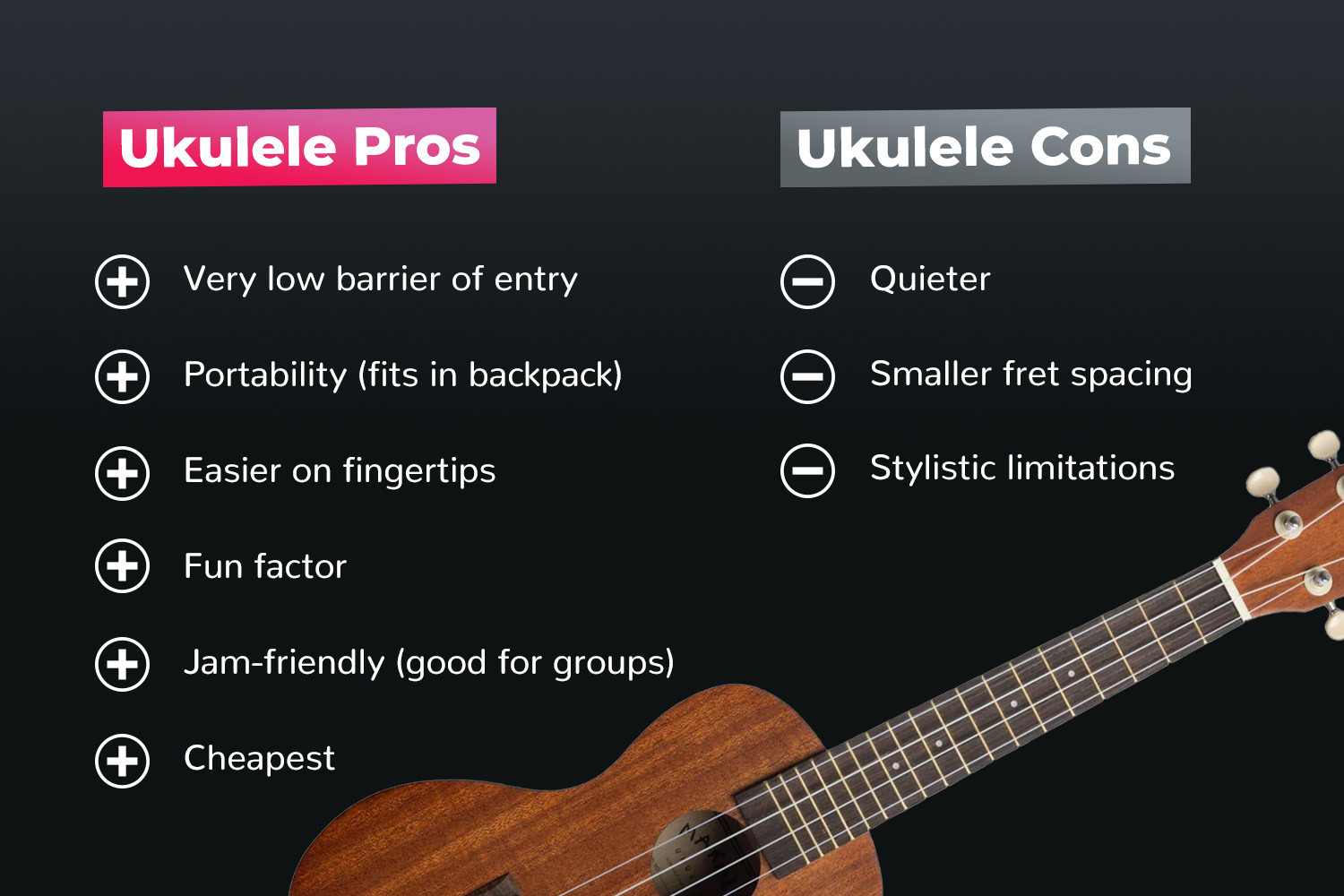 Ukulele Pros and Cons
Ukulele Pros and Cons
The ukulele offers a very low barrier to entry.
Its affordability and gentler nylon strings make it an ideal instrument for absolute beginners – those who have never played any instrument before.
For many, the ukulele is the instrument that finally makes music accessible for the first time in their lives, which is a powerful and rewarding experience!
It’s also a fun, social instrument, perfect for group playing and ukulele clubs.
Its compact size means you can easily take your ukulele anywhere – in a backpack, on public transport, or to the park – without being cumbersome.
Of course, there are trade-offs.
The smaller size results in a quieter sound (which can be a plus in some situations), but it might require amplification in louder band settings. Also, the closer fret spacing can make certain chords slightly more challenging on the ukulele compared to guitar.
Guitar: Pros & Cons Summary
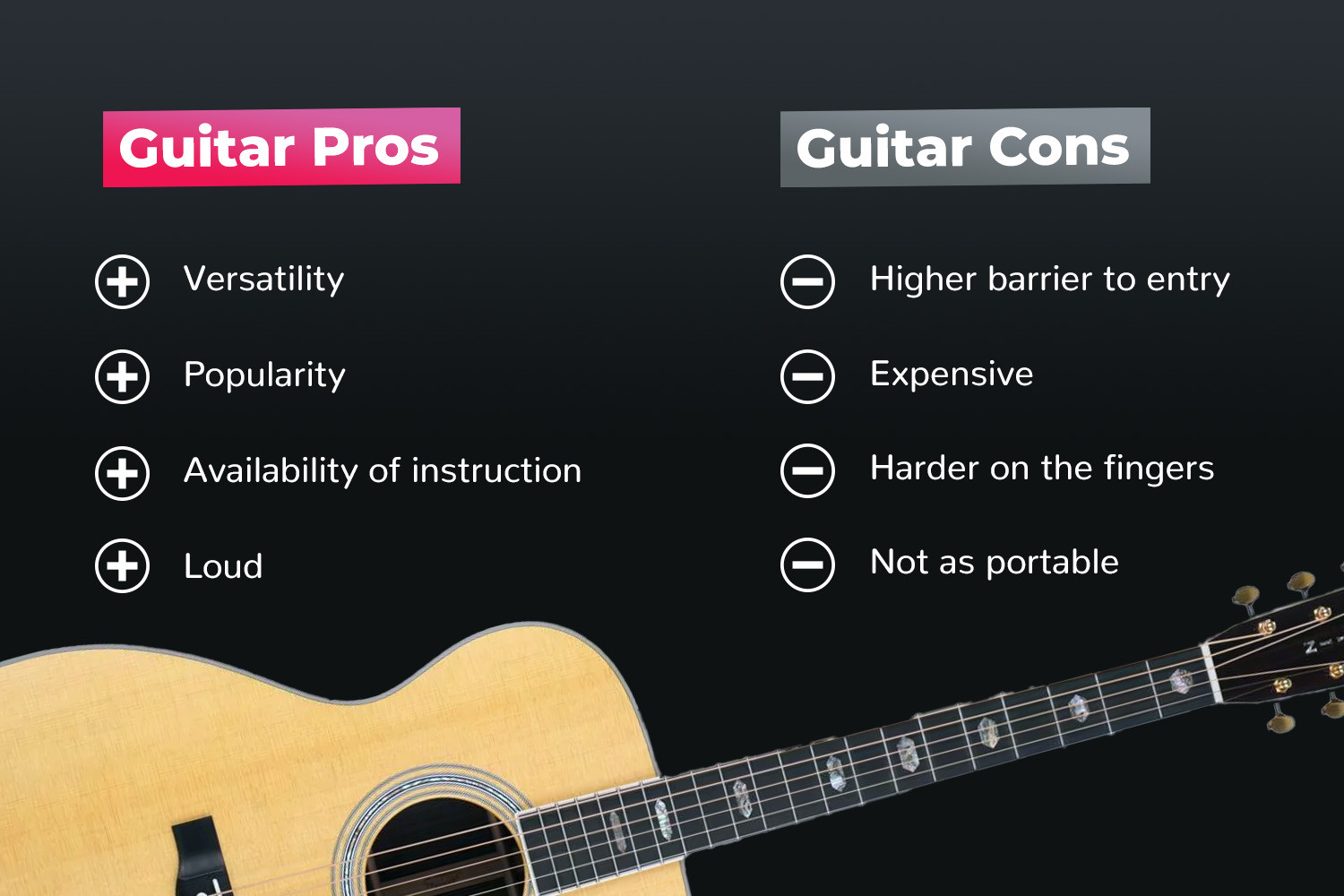 Guitar Pros and Cons
Guitar Pros and Cons
While ukulele artists are constantly expanding its boundaries, the guitar still offers greater versatility across musical genres and styles. If you envision exploring a wide range of musical sounds, the ukulele might feel somewhat limiting in the long run. Guitar excels in providing versatility across musical genres.
Its larger size produces a louder sound, making an acoustic guitar suitable for performances without amplification.
The downsides of learning guitar include a higher initial cost for a playable instrument and the steeper learning curve due to steel strings being harder on the fingertips. Those with small hands or arthritis might find the guitar more challenging.
Choosing Between Ukulele and Guitar: Key Takeaways
As someone who has enjoyed both ukulele and guitar throughout my life, here are the most important takeaways to guide your decision:
Takeaway #1: Your Personal Motivation is Paramount
Follow your inspiration and musical influences. This will fuel your motivation and make the learning process more enjoyable.
If you dream of playing guitar, pursue it. If the ukulele calls to you, embrace it.
Both instruments require dedication and practice.
The ukulele isn’t just a “stepping stone” instrument – it can be your instrument and bring you a lifetime of musical fulfillment.
Takeaway #2: Consider Your Budget
You can get a quality, playable ukulele for under $100.
However, if budget isn’t a primary concern, a guitar costing around $500 (my minimum recommendation for a good beginner guitar) can offer comparable, or even superior, playability to a ukulele.
For many beginners, budget will be the deciding factor.
Even if you start with ukulele due to budget, the skills you develop will transfer seamlessly to the guitar should you choose to explore it later.
Or, you might just discover that the ukulele is the perfect instrument for you!
Takeaway #3: Honestly Assess Your Physical Strengths and Weaknesses
If you have smaller hands and fingers, the ukulele is generally easier to manage.
If you have arthritis or sensitive fingertips, the ukulele’s nylon strings will be gentler.
If you have average to large hands, you might prefer the wider fret spacing of a guitar or a tenor-sized ukulele.
Takeaway #4: Start Making Music Now!
Finally, and most importantly…
Don’t postpone your musical journey any longer!
Avoid overthinking and make a decision today.
Learning music is a lifelong adventure with twists and turns. You can always change instruments later if you wish.
The most crucial step is to begin your journey as soon as possible. Don’t delay the joy of making music!
My Top Ukulele Recommendation for Beginners
For just $79.99, the Donner tenor ukulele bundle is an excellent starting point for your musical journey.
Having personally played this Donner ukulele, I was impressed by its tuning stability and accurate intonation across the fretboard (meaning the notes stay in tune up and down the neck!).
For a ukulele under $100, this Donner bundle is my top recommendation.
My Top Guitar Recommendation for Beginners
As a long-time Taylor guitar player (I play a Taylor 814ce), I highly value quality craftsmanship. The Taylor BT2 Baby Taylor Acoustic Guitar is a perfect 3/4 size guitar for new players or those with smaller hands.
I’ve personally played this guitar and recommend it for its playability and tone.
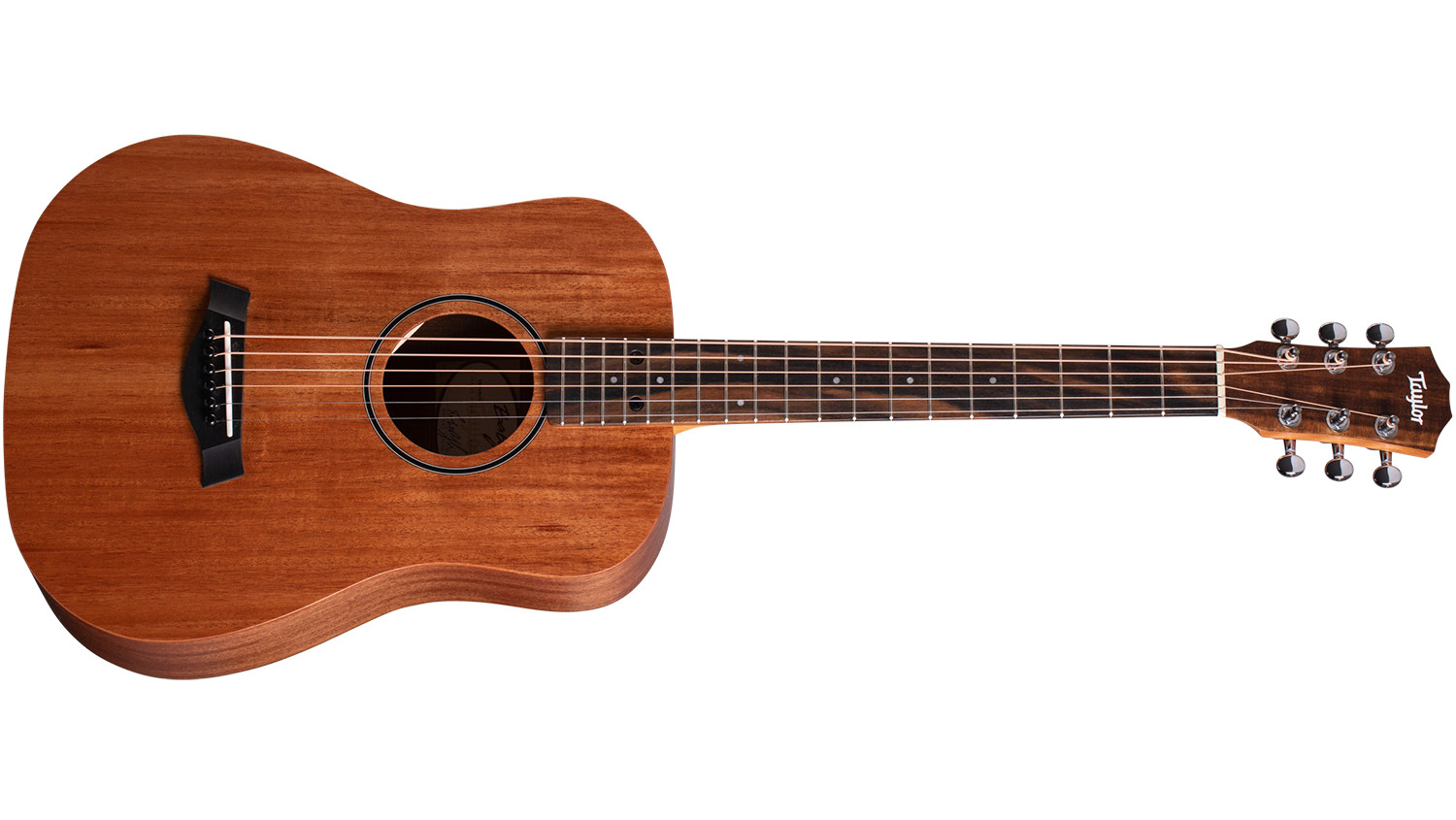 Taylor BT2 Baby Taylor Acoustic Guitar
Taylor BT2 Baby Taylor Acoustic Guitar
At under $500, the Taylor BT2 guitar is my top pick for beginner guitarists.
Disclosure: As an Amazon Associate, I earn from qualifying purchases. Proceeds support this site.
Ready for the Next Step? Grab Your Free Ukulele Lesson Book!
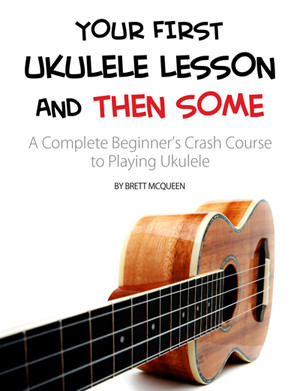 Free Ukulele Lesson Book Cover
Free Ukulele Lesson Book Cover
Join over 50,000 others and get our free ukulele lesson book Your First Ukulele Lesson and Then Some. Learn essential ukulele skills, including:
- Proper tuning, holding, and strumming techniques
- Must-know ukulele chords
- 3 versatile strumming patterns
- How to play “I’ve Been Working On the Railroad”
Get your free digital lesson book delivered to your inbox by entering your email below:

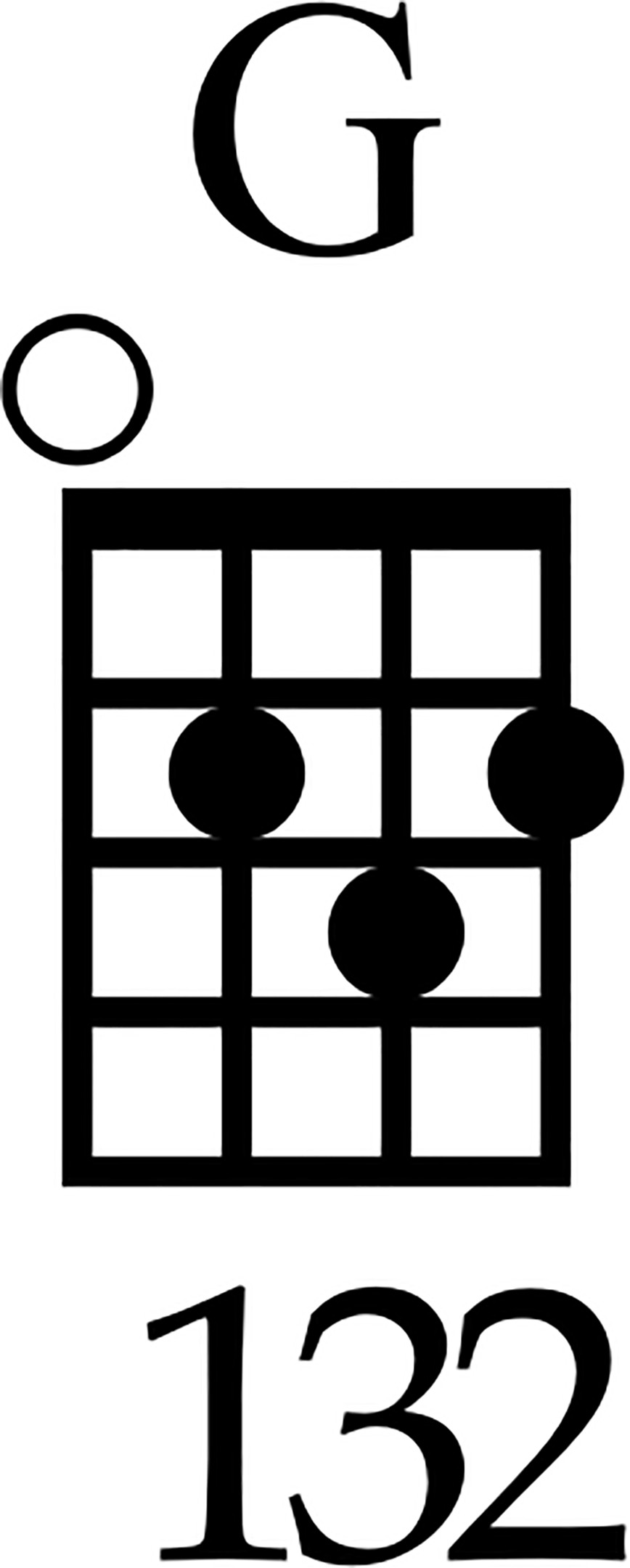
 Donner Brand Concert Ukulele
Donner Brand Concert Ukulele